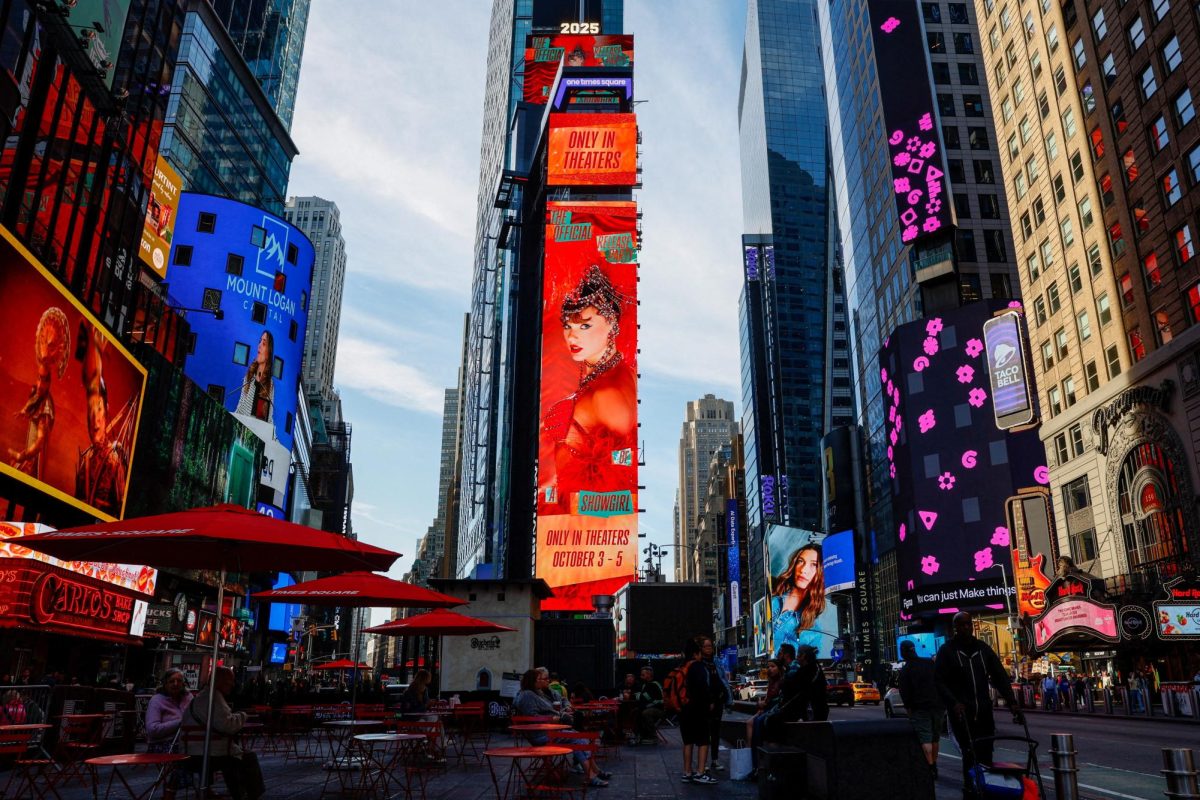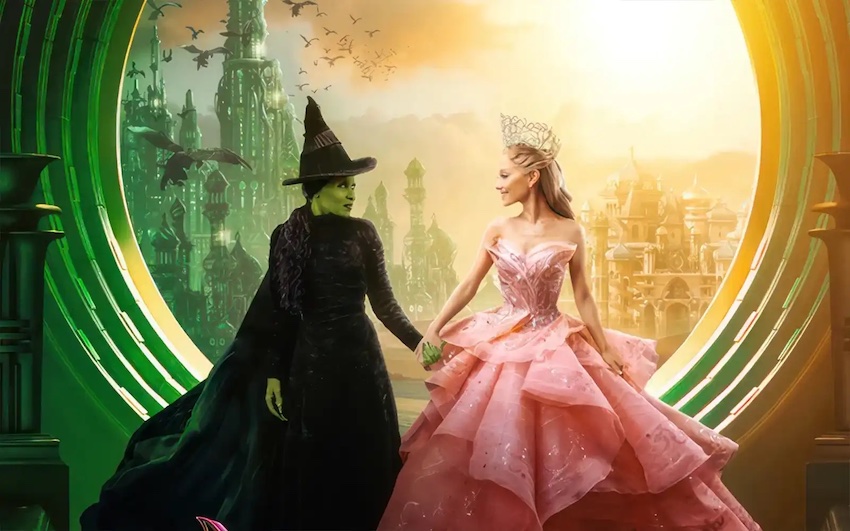“Even though 99 is close to 100, the amount is not complete without the final piece in any situation.”
This phrase is said by a “picker,” an individual who plows through landfills and finds recyclables to sell as an occupation in the documentary film Waste Land (2010). Fittingly so, the documentary takes place in Jardim Gramacho, Brazil — the world’s largest garbage dump.
Waste Land focuses on artist Vik Muniz, who takes pictures of the waste land inhabitants and creates beautiful works of art. In fact, each person who was involved in Muniz’s art was paid and offered opportunities for a life outside of the waste land, portraying an accurate story of “rags to riches.”
However, while Muniz goes to the dump for the sole purpose of taking pictures, he ends up becoming involved in many of the peoples’ lives and recognizes similarities between himself and the pickers.
Muniz can relate to the inhabitants of Jardim Gramacho because he grew up in Brazil near the site of the dump. Originally, many of the pickers were lower-middle-class citizens, which is the same social class that Muniz grew up in.
He learns that many of the pickers did not involve themselves in gambling or wasting money on alcohol, but rather a series of random, unfortunate events sent them to the dump.
In the film, many people who live in the garbage dump are not there because of drugs or other narcotics, as is stereotyped, but due to their need for work to avoid the drugs and prostitution prevalent in their society.
The concept that people would rather pick through garbage than sell their bodies is an incredible part of the film. I viewed the women and men as inspirational because of their drive to pursue what is better than expected of them.
This is a classic film of the American Dream, though in another country, but Muniz did not stop here. After achieving his own dream as an artist, he unintentionally spread the fame to the pickers of Jardim Gramacho. The pictures of the pickers became more successful as crowds of people fled to galleries to see them.
Through his experience, Muniz came up with a new concept to display his works of art — he photographed the people working and then blew up the size of the image, projecting it onto the floor where he recreated it using recyclable materials. The people he photographed helped to create the environmentally-friendly works of art.
As I was watching the movie, I found it amazing to see these poor people become famous works of art. The pickers of Jardim Gramacho display honesty and hard-work ethics, making their stories amazing and inspirational. This documentary is not only full of information, but is also entertaining as a result of its insight into the lives of the poor in Brazil.
Overall, the coverage of the film is well-done. The information presented is useful, and I feel like it shows the significance of the wasteful environment we live in. Though the dump may be considered waste to people who have a home and food on the table, to others it is a home. The theme therefore proves the cliche that one person’s trash is another person’s treasure.
I thoroughly enjoyed this award-winning documentary, noted as the Best Documentary and winning the Pare Lorentz award for 2010 from the Sundance Film Festival. Though documentaries are not always the most popular genre of film to watch, this one is worth every minute.
Waste Land is playing in select theaters around the world. For information on screenings, visit the film’s website. For tickets and more information on the Sundance Film Festival, visit the festival’s website.
For more movie reviews, read the Jan. 31 article, ‘Season of the Witch’ a supernatural letdown.






